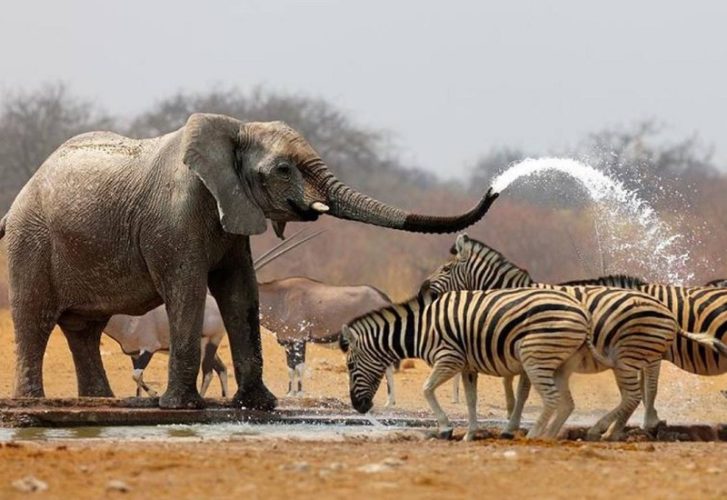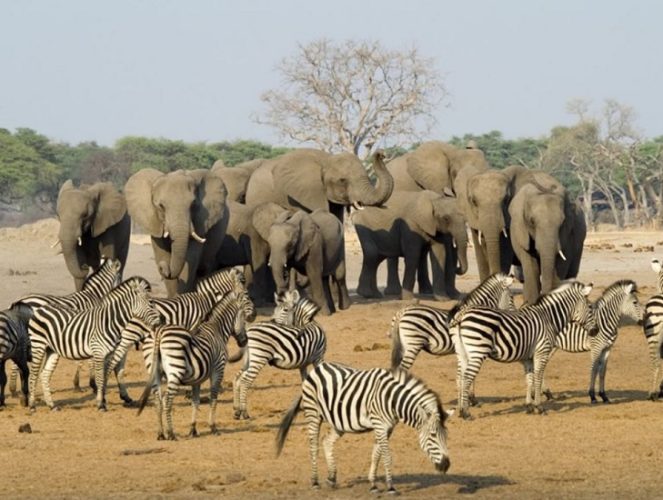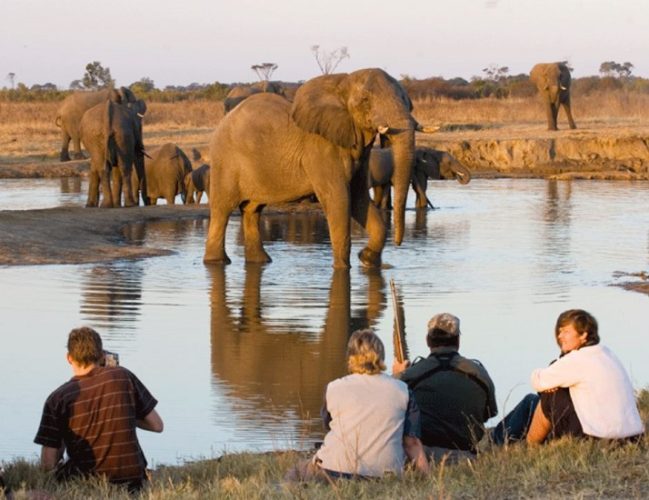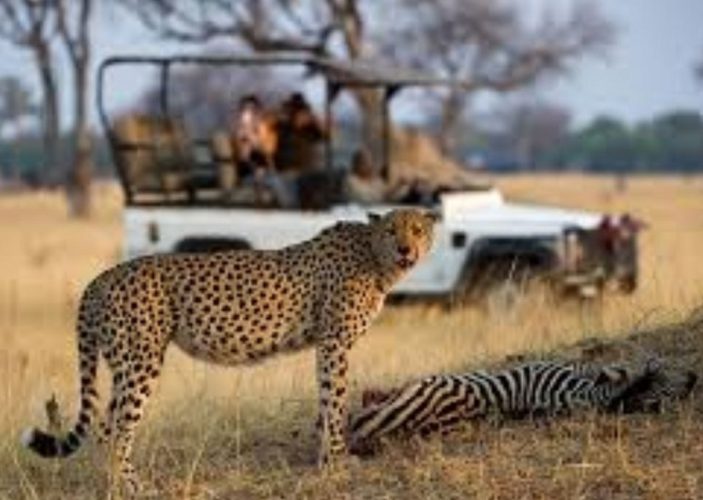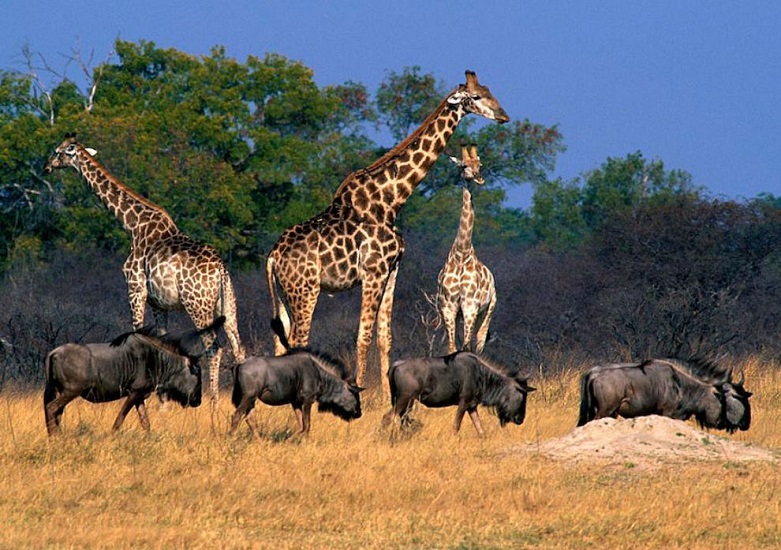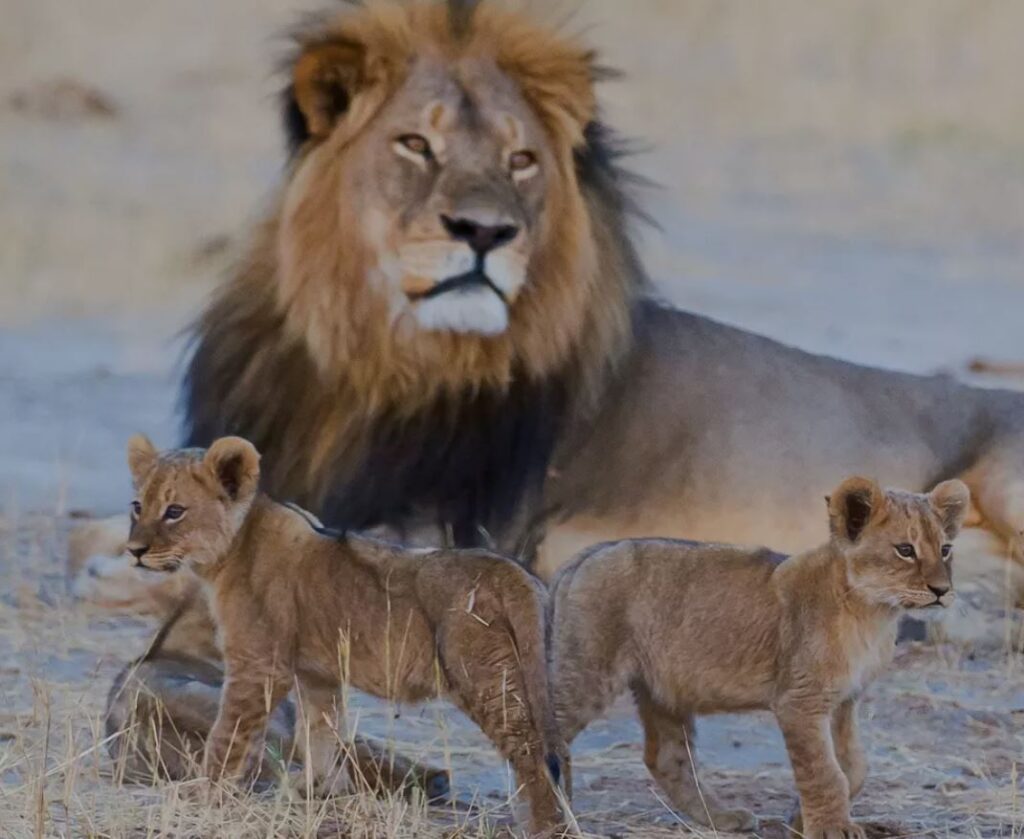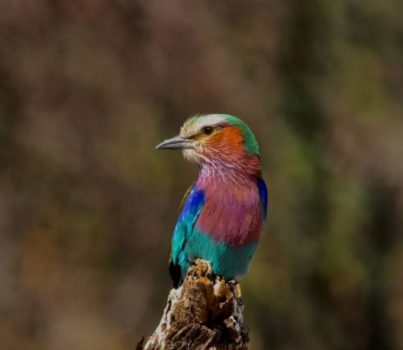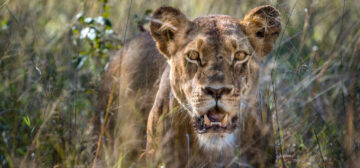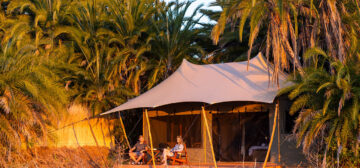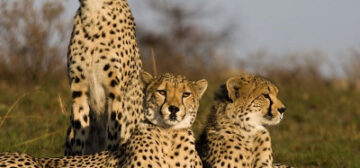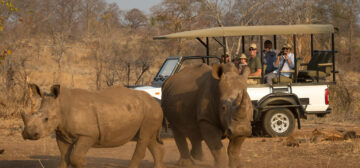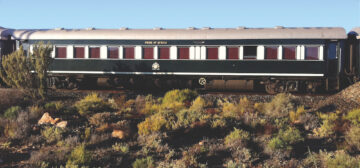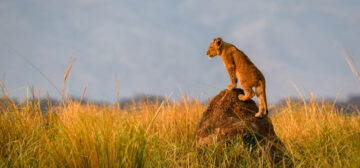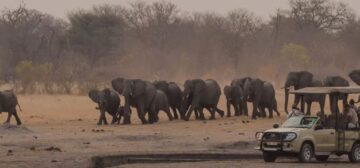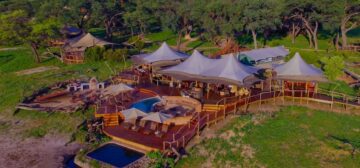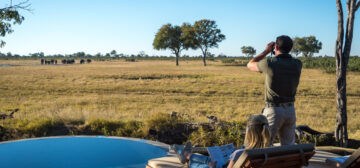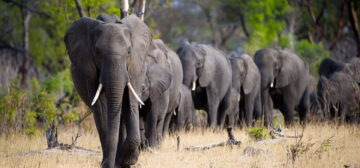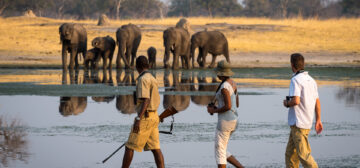Hwange National Park
Comprising of nearly 15,000 square kilometres Hwange National Park is Zimbabwe’s largest park. It is located in the north west of Zimbabwe roughly 2 hours south of Victoria Falls by road. It is the most well known park in Zimbabwe and is part of the vast Kalahari sands that stretch throughout most of Botswana and into Namibia and South Africa. Hwange is a diverse area with forests of Rhodesian teak and Mopane woodland providing sanctuary for wildlife and birdlife. The western border boasts Ilala palms and seasonal vlei’s (wetlands) which are frequent grazing grounds for plains game.
Hwange is a wildlife haven due to the numerous pumped waterholes that sustain the park during the drier months. For this reason Hwange is home to great number of wildlife. It has an incredible elephant population, one of the biggest in Africa and is also home to The Big 5. Hwange has a healthy big cat and wild dog population which is a major attraction for tourists. There is a fantastic selection of lodges in Hwange spread throughout the park giving a more personalised feel compared to other busier parks. Hwange is a perfect safari destination!

